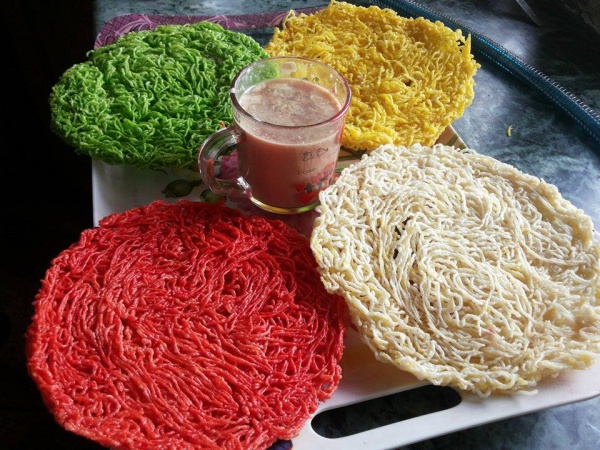Facts About Jhilinga
Jhilinga is a beloved traditional Nepalese snack that truly shines during festive occasions. Known for its irresistible crunch, this treat is a favorite among people of all ages and is particularly cherished by various ethnic groups such as the Gurungs, Newars, Magars, and Brahmins. Despite its continued popularity in Nepalese villages and towns, the exact origins of Jhilinga remain somewhat unclear. It is believed to date back to ancient times when agriculture posed significant challenges.
Making Jhilinga is straightforward and requires just a few ingredients: rice flour, water, and food coloring. However, crafting the perfect Jhilinga does demand a certain level of skill, particularly in forming the distinctive circular shapes. More than just a snack, Jhilinga holds cultural significance and is often enjoyed during festivals, weddings, and other ceremonies. It is also commonly used as Shagun, an offering given when visiting guests or relatives.
To prepare Jhilinga, start by boiling water and gradually adding rice flour and food coloring while stirring continuously to achieve the right balance and consistency. Next, the mixture is processed through a noodle machine to create thin, round strips. These strips are then arranged in concentric circles and left to dry in the sun. Once dried, Jhilinga can be stored in a dry, airy place until it's time to fry them up. Typically, Jhilinga is deep-fried in mustard oil, vegetable oil, or a mix of oil and clarified butter (ghee) to achieve that perfect crunch.

 India
India